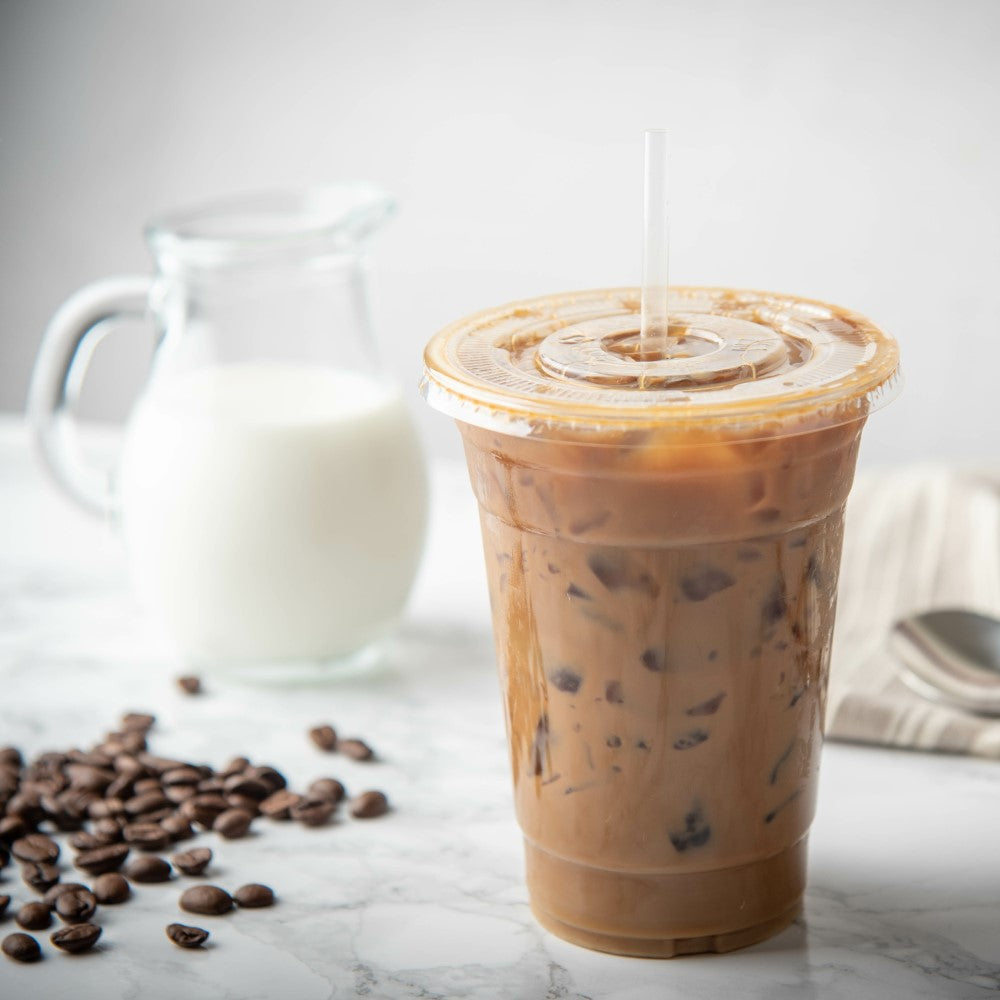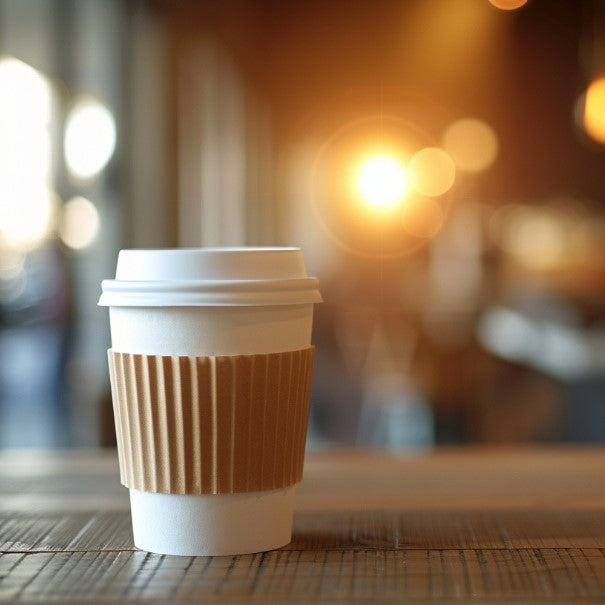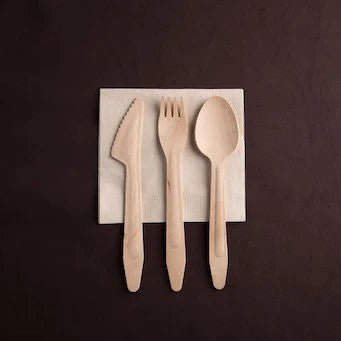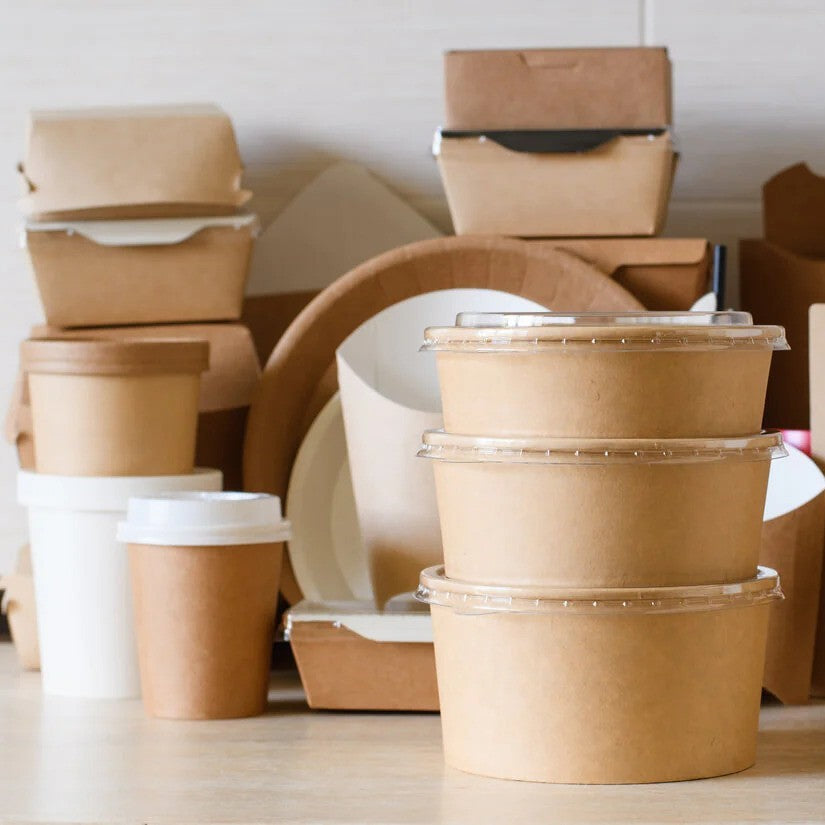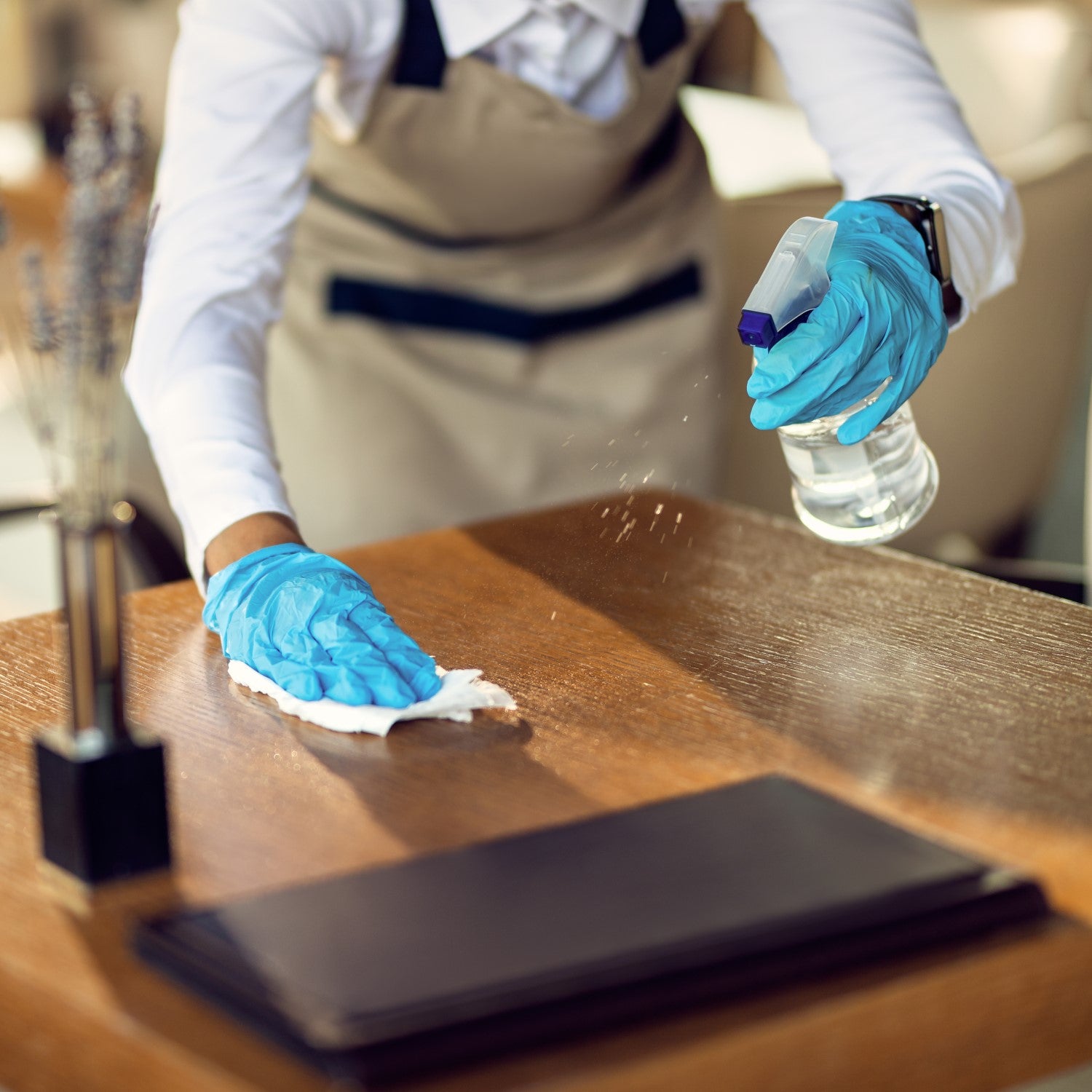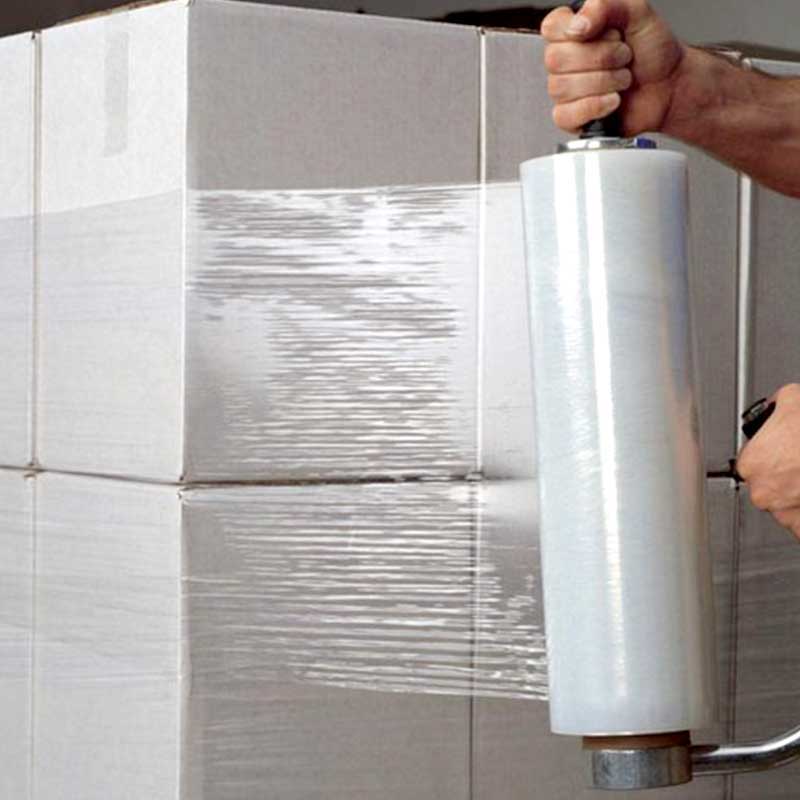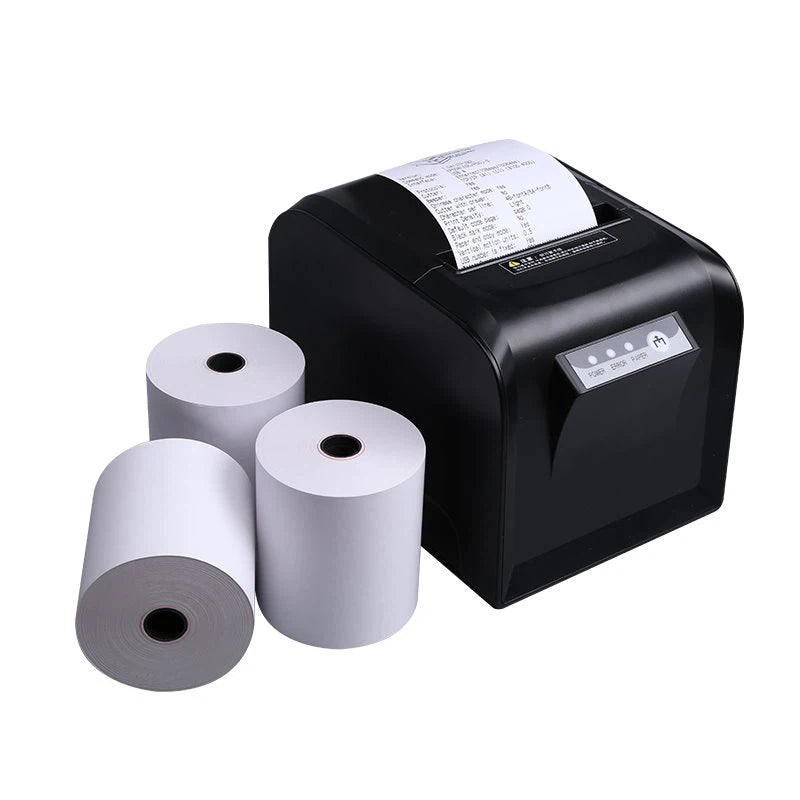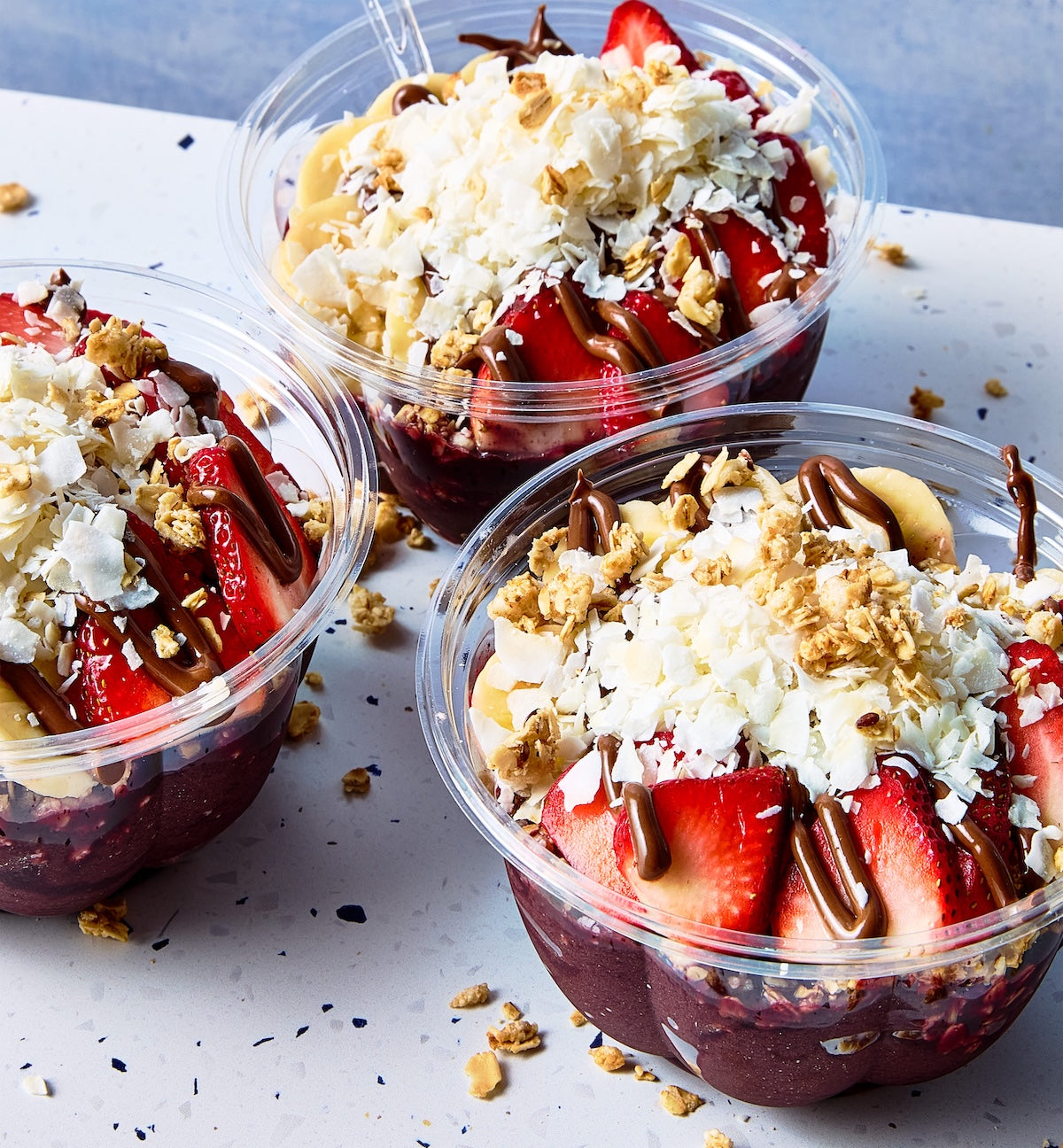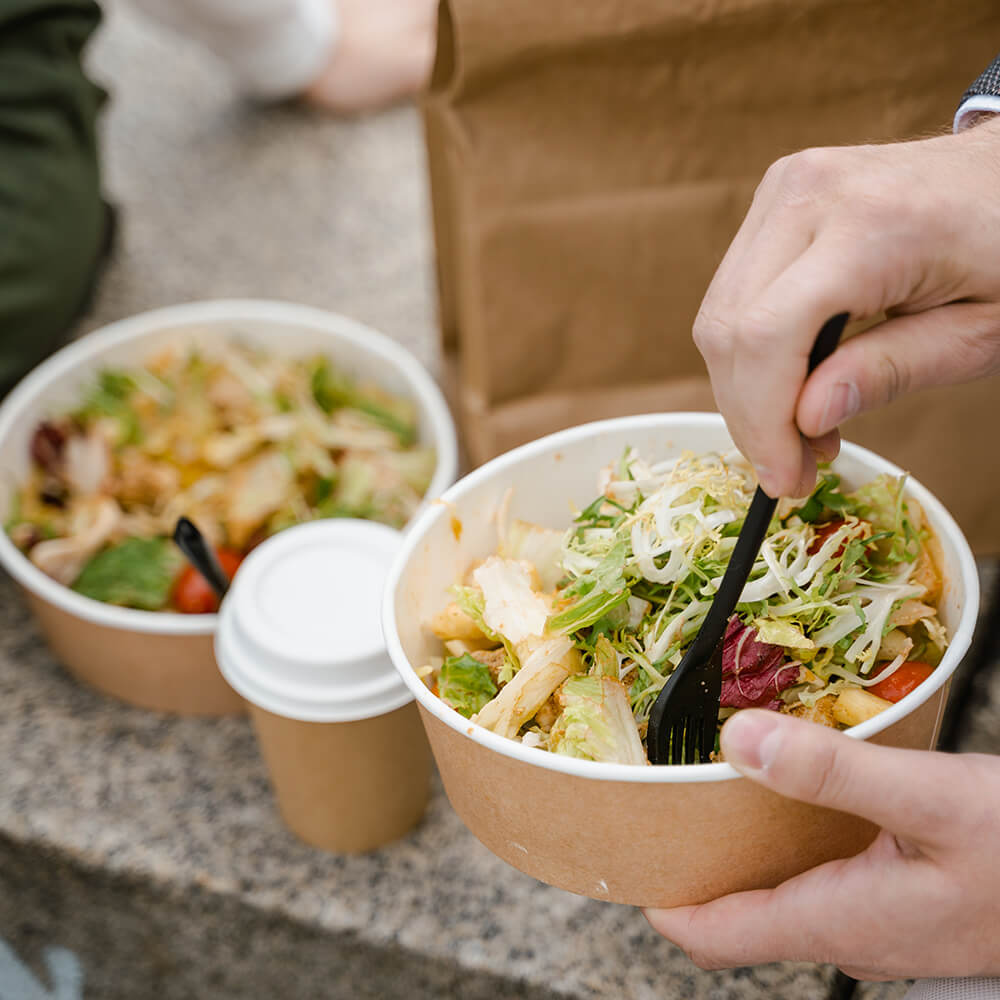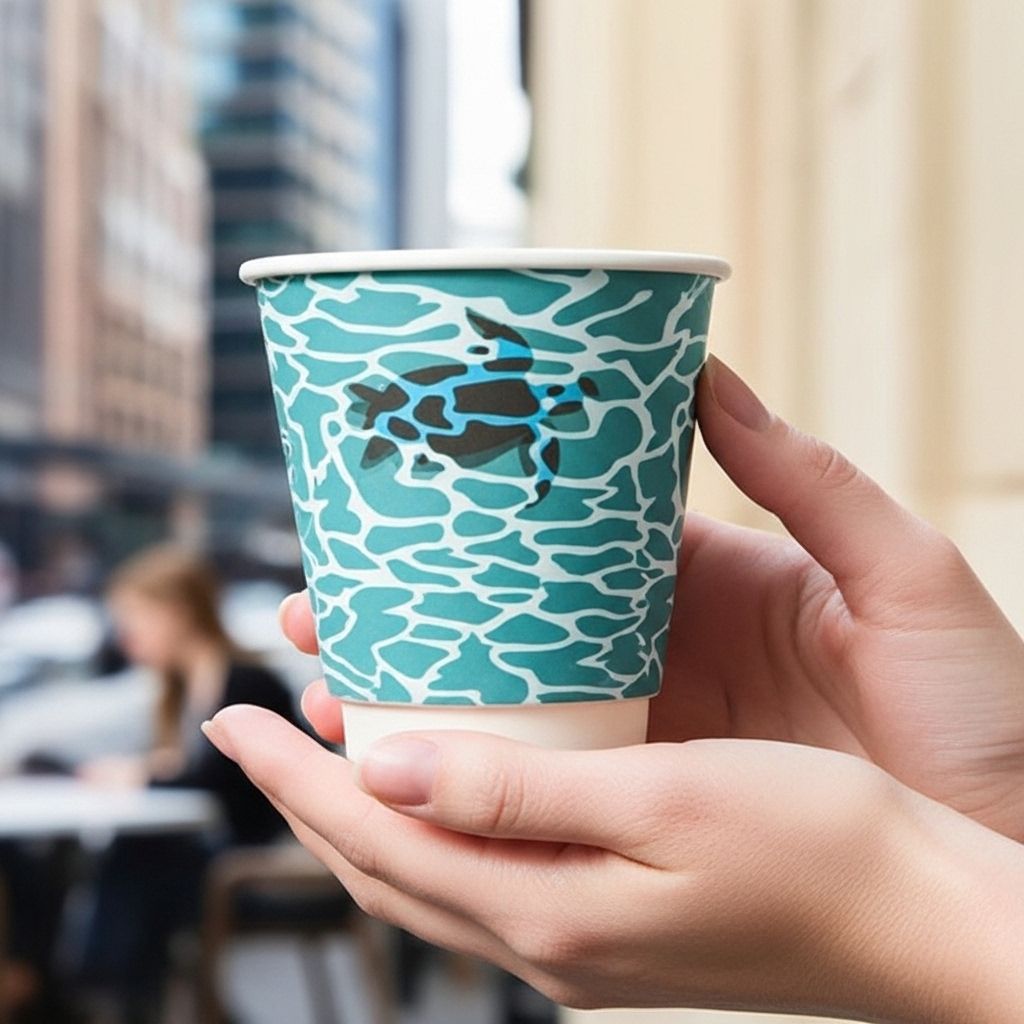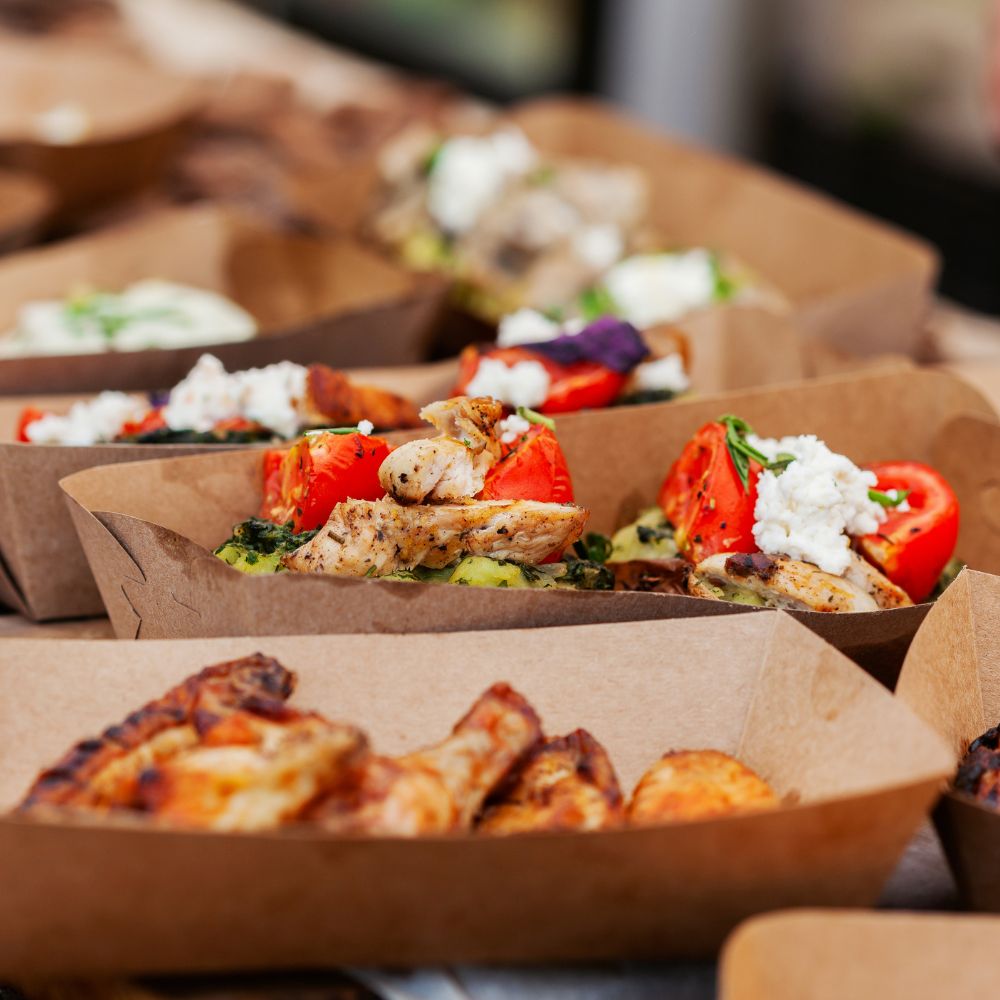When you walk into any Australian kitchen store and see rows of different baking papers, do you ever feel confused? Traditional baking paper, reusable silicone paper, and professional teflon coating sheets – which one is actually the best choice for you?
As industry observers in Australia's baking supply sector, we've watched this industry evolve from single-material options to today's diverse choices. Let's dive deep into this material revolution that's changing Australian baking.
Traditional Baking Paper Gets a Major Upgrade
From Basic to Professional: The Technology Jump
Remember those old baking papers that tore easily and barely stopped food from sticking? Today's Non-Stick Baking Paper has completely transformed.
Modern high-quality baking paper uses new double-sided silicone coating technology. Compared to old single-sided coatings, the non-stick performance has improved by 300%. Whether you're making delicate macarons or baking juicy lemon chicken, food slides off easily without leaving any marks.
Key Technology Improvements:
- Temperature Range: -20°C to 220°C, covering all common baking temperatures
- Food Safety Certified: Passes Australian TGA certification with zero chemical transfer
- Eco Upgrade: 100% biodegradable, meeting Australia's new environmental standards
Redefining Cost-Effectiveness
Take quality 30cm x 120m products as an example. While the upfront cost is slightly higher than traditional products, the actual usage cost is lower:
- Less Waste: Super non-stick performance reduces baking failures by 90%
- Better Efficiency: No need for extra oil or flour, saving 30% prep time
- Easy Cleaning: Almost no residue on baking trays, cutting cleaning time by 50%
Silicone Paper: The Game-Changer for Sustainable Baking
The Economics of 500 Reuses
When we talk about Silicon Paper, many Australian bakers' eyes light up. Quality silicone paper products (like 16-inch 405x710mm and 18-inch 455x740mm sizes) are redefining what "value for money" means.
Let's do the math:
- Traditional baking paper: About $0.50-0.80 per use
- Quality silicone paper: About $0.15 per use (based on 500-use lifespan)
- Annual savings: Medium-scale commercial kitchens can save $2,000-3,000
Professional-Grade Performance
Silicone paper isn't just about "being reusable." In tests at well-known Melbourne baking schools, quality silicone paper showed amazing stability:
Temperature Stability Test Results:
- Extreme Cold: No material changes after 48 hours at -40°C
- High Heat Tolerance: Performance stays 100% after 2 hours at 250°C
- Temperature Shock: No cracking from -20°C to 200°C rapid changes
Real-World Benefits:
- Zero Chemical Transfer: Even at high temperatures, releases no harmful substances
- Non-Stick Surface: After 500 uses, maintains 95%+ non-stick effectiveness
- Easy to Clean: Just rinse with warm water, no harsh cleaners needed
Teflon Coating: The Perfect Solution for Precision Baking

Professional Bakers' Secret Weapon
When Sydney's top French pastry chefs choose high-quality Teflon Non-Stick Baking Sheets as their workshop standard, we know these products have reached true professional standards.
Smart Design of 38x58cm Size:
- Standard Tray Fit: Perfect match for 80% of professional tray sizes in Australia
- Individual Packing: 10 sheets per pack ensures optimal condition every use
- Ultra-Thin Design: 0.08mm thickness doesn't affect heat transfer during baking
Zero-Failure Technology Explained
The magic of teflon coating lies in its unique molecular structure:
Non-Stick Science at Microscopic Level:
- Molecular Arrangement: Extremely low friction coefficient between teflon molecules (0.02-0.10)
- Surface Energy: Ultra-low surface energy makes any substance hard to stick
- Chemical Inertness: Completely stable at baking temperatures, no reaction with food
What does this mean? Even the most challenging baking projects – like crème brûlée, cheesecake bases, or syrup desserts – release perfectly, giving professional-level appearance.
Three Major Trends Driving the Australian Market
1. Growing Environmental Awareness
Australian consumers' focus on eco-friendly products keeps rising, driving growth in the reusable baking materials market.
2. Expanding Professional Baking Market
With the spread of baking culture, more Australians want professional-level baking results, increasing demand for quality baking tools.
3. Rising Home Baking Standards
The pandemic changed Australian lifestyles, with home baking becoming more frequent and quality tool requirements rising accordingly.
Ultimate Material Selection Guide
How to Choose the Best Material for Your Needs?
| Use Case | Recommended Material | Size Reference | Reason |
|---|---|---|---|
| Home Daily Baking | Non-Stick Baking Paper | 30cm x 120m | Economical, reliable results |
| Small Commercial Kitchen | Non-Stick Baking Paper | 400mm x 120m | Standard size, cost control |
| Medium-High Frequency Commercial | Silicon Paper | 16-inch/18-inch series | Best long-term cost |
| Boutique Baking Studio | Teflon Coating | 38x58cm size | Professional-grade results guaranteed |
| Large Chain Food Service | Commercial Grade | 40cm x 120m | Professional food service design |
Investment Return Analysis
12-Month Cost Comparison (Based on Medium Commercial Kitchen):
- Traditional baking paper: $3,600/year
- Quality standard baking paper: $2,880/year (20% savings)
- Reusable silicone paper: $1,800/year (50% savings)
- Mixed-use solution: $2,200/year (39% savings)
Deep Environmental Impact Analysis
Carbon Footprint Comparison
Industry analysis shows:
Environmental Impact Over One Year:
- Traditional disposable baking paper: High waste generation, higher carbon emissions
- Reusable silicone paper: Significantly reduces waste, lowers overall carbon footprint
- Environmental Benefits: Reusable products show clear environmental advantages in long-term use
Australian Waste Management Status
As Australian states tighten waste management policies, reusable kitchen materials are becoming compliance necessities for commercial kitchens. New South Wales even offers tax breaks for restaurants using sustainable kitchen supplies.
Future Outlook: The Next Decade of Baking Materials
Technology Innovation Directions
Industry research teams are exploring cutting-edge technologies including:
- Smart Temperature Control Coating: Automatically adjusts non-stick performance based on temperature
- Antibacterial Surface Treatment: Natural antibacterial materials for enhanced food safety
- Bio-Based Silicone: Degradable silicone materials extracted from plants
Market Trend Predictions
According to industry analysis, by 2030:
- Reusable baking materials will capture 50%+ of the Australian market
- Professional-grade home products demand will grow 200%
- Environmental certification will become basic entry requirements
Expert Advice: How to Start Your Material Upgrade Journey

Staged Upgrade Strategy
Stage One (Start Now): Upgrade your most-used baking projects to quality Non-Stick Baking Paper, experience the significant improvement in non-stick performance.
Stage Two (Within 3 Months):
Based on usage frequency, upgrade high-frequency projects to Silicon Paper, start enjoying long-term cost savings.
Stage Three (Within 6 Months): Equip special or precision baking projects with Teflon Coating Sheets, achieve zero-failure professional results.
Success Stories
Industry professionals share their experience:
"After upgrading to high-quality baking materials, baking failure rates dropped significantly, and cleaning efficiency improved dramatically. Customer satisfaction with product appearance and repeat purchase rates both improved noticeably."
Restaurant operators report:
"Investing in reusable baking materials brought clear benefits in both cost control and environmental compliance."
Summary: The Wisdom of Choice
In this baking material revolution, there's no absolute 'best,' only the most suitable choice. By understanding different materials' characteristics and advantages, Australian baking professionals and enthusiasts can make the smartest decisions.
Whether you're a home baking enthusiast seeking economy and practicality, or a commercial user needing professional-grade results, you can find the perfect solution in the market.
Remember this simple selection rule:
- Economy Priority → Non-Stick Baking Paper
- Environmental Priority → Silicon Paper
- Results Priority → Teflon Coating Sheets
Choosing quality baking materials isn't just selecting a product – it's choosing a smarter, more sustainable, and more professional way of baking.
Learn More: For additional advice on selecting baking materials and product information, contact professional baking supply specialists.

